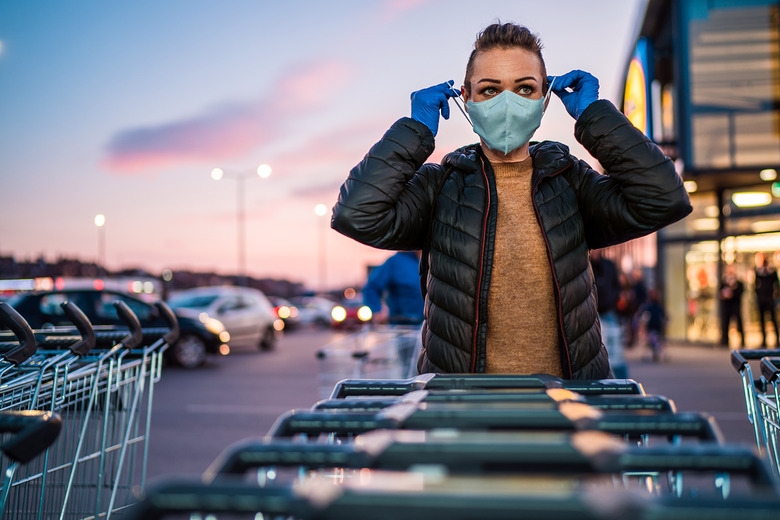COVID Cases Are Surging In Some Obvious Places That Ought To Be Closed
- Coronavirus cases are surging around the US, leading public health experts like Dr. Anthony Fauci to warn that the country is in store for a tough January.
- A new study warns that too much COVID-19 spread is still happening in workplaces, among those that are still open. That's because people are contracting COVID in the community, and then they bring it into the workplace where the virus can be spread to fellow employees.
- The report recommends closing more workplaces, as many as possible, could cut the spread of COVID cases by as much as 32 percentage points.
The latest picture we have of the coronavirus pandemic in the US has revealed the first instances of the new COVID strain from the United Kingdom that's much more transmissible, with new coronavirus cases of this kind having been found in Colorado and now California. For that reason, officials are worried that the US health care system is about to come under even more strain, exacerbated by the fact that the US is also recording almost 182,000 new coronavirus cases per day (as well as more than 2,300 virus-related deaths each day) based on a seven-day average of Johns Hopkins University data calculated by CNBC.
Meanwhile, a new study reveals a place where too much COVID spread is still happening — and which the study also recommends should be closed, to the degree that's practicable. The study was published this month in the journal PLOS One, a peer-reviewed scientific journal published by the Public Library of Science. Its recommendation? Closing down workplaces as much as possible.
Think about it. People who are contracting COVID are generally doing so in their daily lives. Out in the community. In places like restaurants or from being around other family members. And then those people, who might work for an employer that hasn't shifted to a work-from-home model, bring that infection into the workplace when they show up for their job. This kind of thing is happening everywhere from restaurants to factories and warehouses.
"Most jurisdictions must also implement additional (COVID-fighting) policies," this study notes, "each of which has the potential to reduce weekly COVID growth rate by 10 percentage points or more. The slate of these additional high-impact policies includes targeted or full workplace closings for all but essential workers, stay-at-home requirements, and targeted school closures."
This study also attempted to quantify the effect that closing more workplaces could have, estimating that closing more of them down (as many, in fact, as would be possible) could supposedly reduce the spread of COVID cases by a little more than 32 percentage points.
Next on the priority list of steps that the report says need to be taken include more restrictions on peoples' movements (to curb things like these record-setting days the TSA keeps reporting) as well as school closures.
